Ancient news stories

Archaeological surveys led by scientists at Washington University in St. Louis suggest that coastal and underwater cave sites in southern Sicily contain important new clues about the path and fate of early human migrants to the island. See the study here.

Using the Zwicky Transient Facility (ZTF) telescope to survey large expanses of sky, a team of researchers led by the University of Maryland investigated a stream of space debris known to drift near Earth called the Taurid swarm.
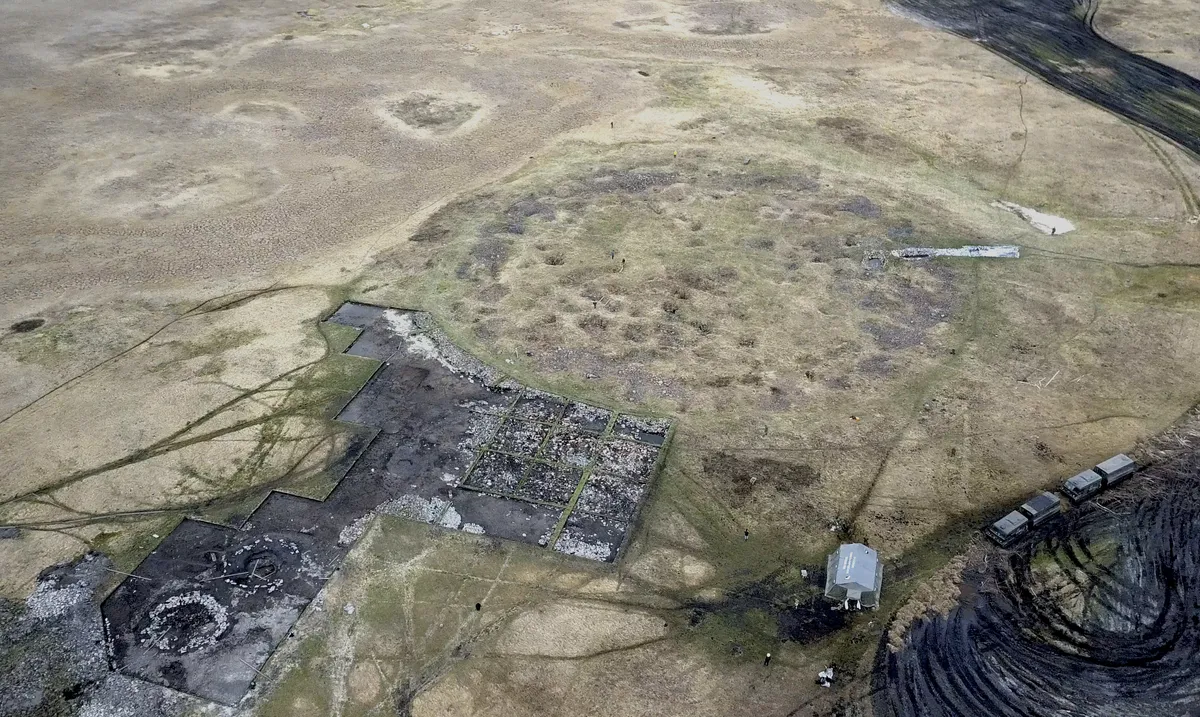
A 2,800-year-old burial in Siberia that contains the remains of an elite individual, who was buried with at least one sacrificed human and 18 sacrificed horses, appears to belong to a culture closely related to the enigmatic Scythians, a new study finds.

The findings raise questions and shed light on snail consumption and the antiquity of culinary traditions in Tunisian societies. The findings are published in the journal Archaeological and Anthropological Sciences.
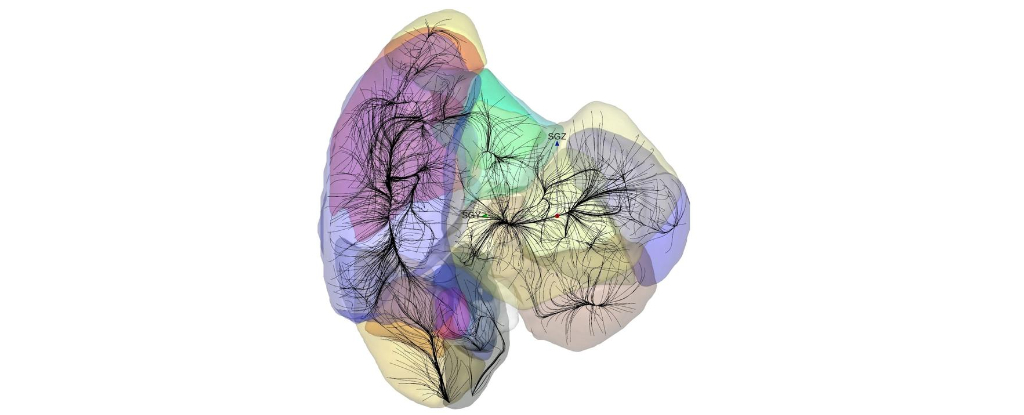
If you want to pinpoint your place in the Universe, start with your cosmic address. You live on Earth->Solar System->Milky Way Galaxy->Local Cluster->Virgo Cluster->Virgo Supercluster->Laniakea.
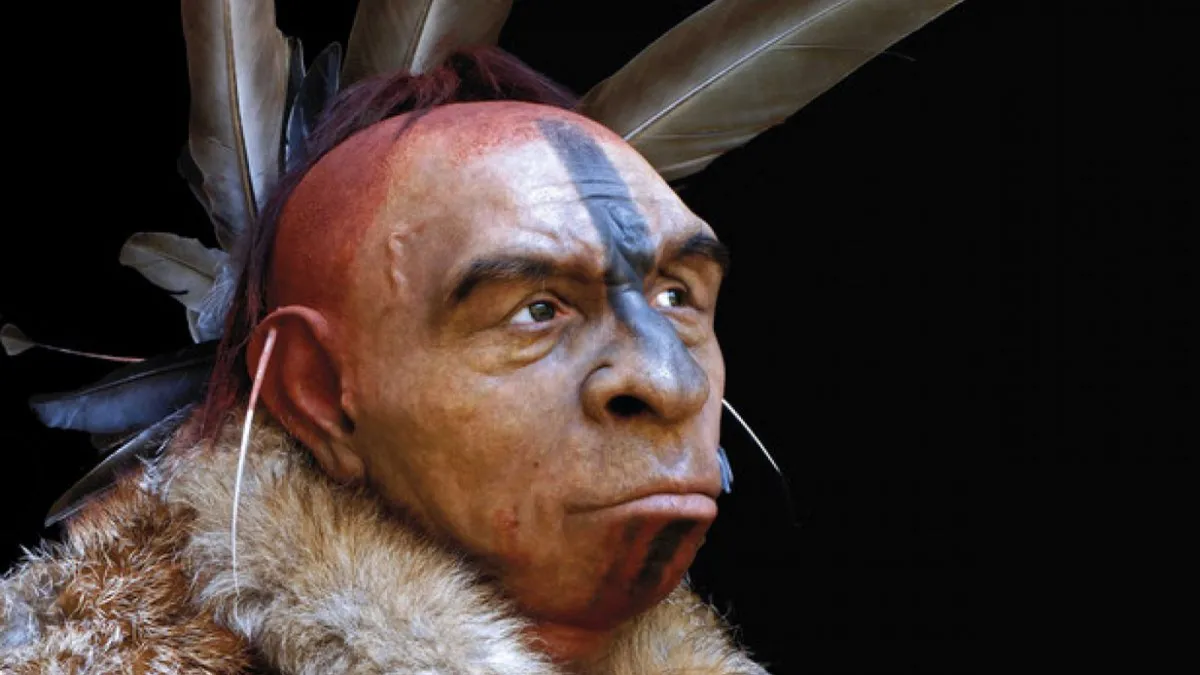
A complex picture of how Neanderthals died out, and the role that modern humans played in their disappearance, is emerging.
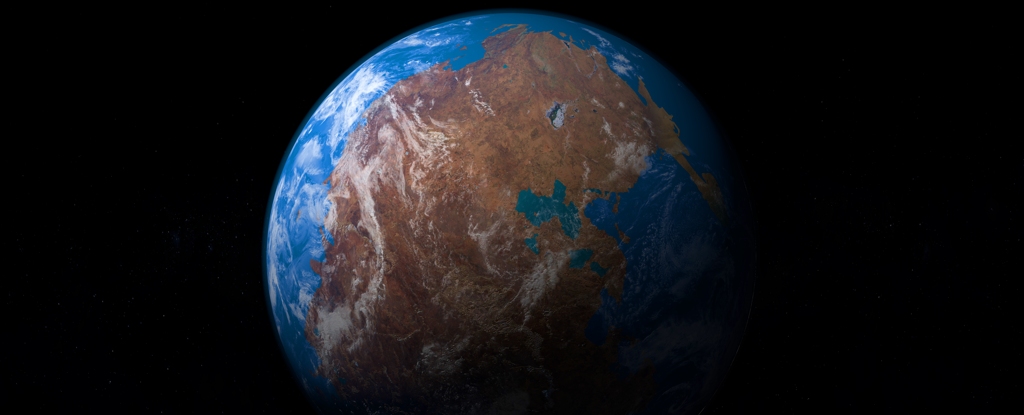
Using information from inside the rocks on Earth’s surface, we have reconstructed the plate tectonics of the planet over the last 1.8 billion years.
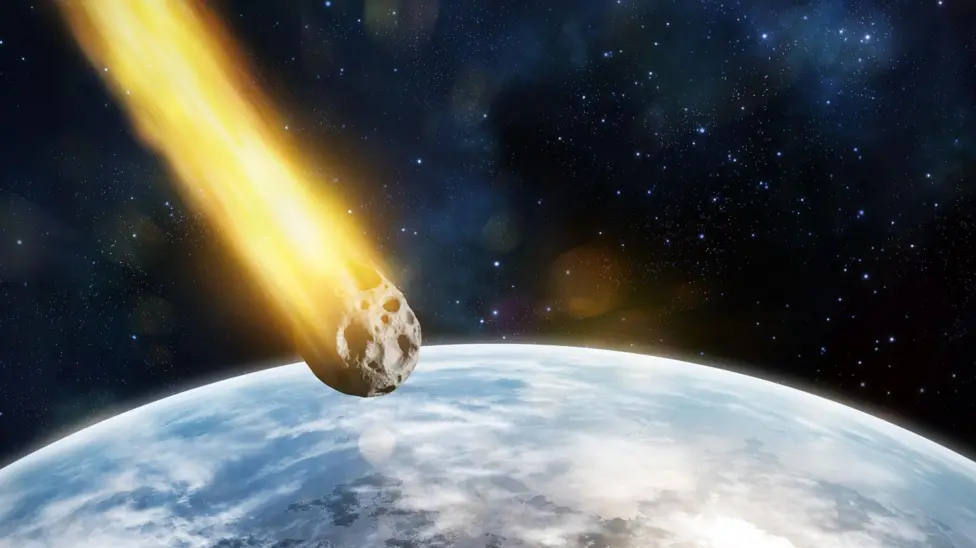
The huge asteroid that hit Earth and wiped out the dinosaurs 66 million years ago was not alone, scientists have confirmed. A second, smaller space rock smashed into the sea off the coast of West Africa creating a large crater during the same era.
When an asteroid slammed into Earth 66 million years ago, it caused a mass extinction. Now, researchers have evidence that this catastrophe ushered in the invention of agriculture by ants. See the paper here.

Across the United States, the second Monday of October is increasingly becoming known as Indigenous Peoples Day. In the push to rename Columbus Day, Christopher Columbus himself has become a metaphor for the evils of early colonial empires, and rightly so.

A comet that has not been seen from Earth since Neanderthals were alive and kicking has reappeared in the sky, with astronomers saying it might be visible to the naked eye.
Fossils found in Brazil are leading palaeontologists to re-write the evolution of mammals…The findings are detailed in a paper published in Nature.

New research published in The Planetary Science Journal suggests that the moon was captured during a close encounter between a young Earth and a terrestrial binary—the moon and another rocky object.
Journalist and best-selling author Graham Hancock’s new 6 x 40-minute documentary series Ancient Apocalypse: The Americas, will be released on Netflix on Wednesday 16th October. See the Official Clip here.
A cheese found in northwestern China is 3,600 years old and is the subject of a paper published today in the journal Cell.
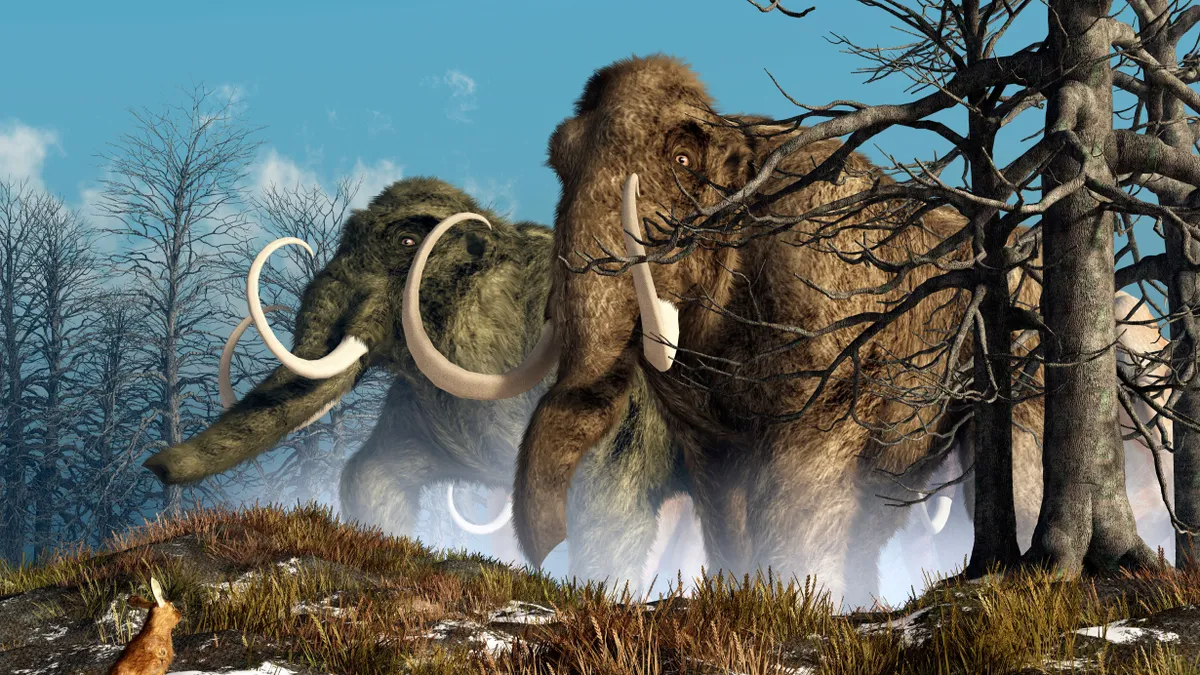
A boom in vegetation at the end of the last ice age may have created so much pollen, it blocked mammoths’ sense of smell. A new study suggests this drove the beasts to extinction, but not everyone agrees.








